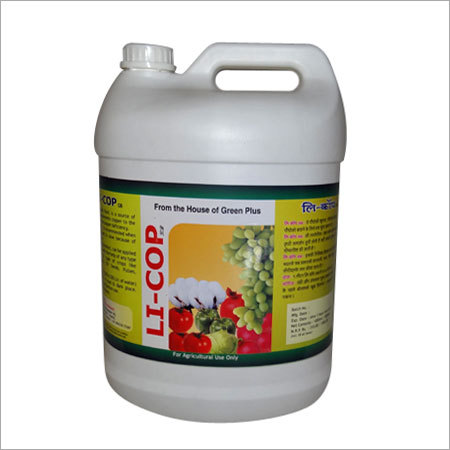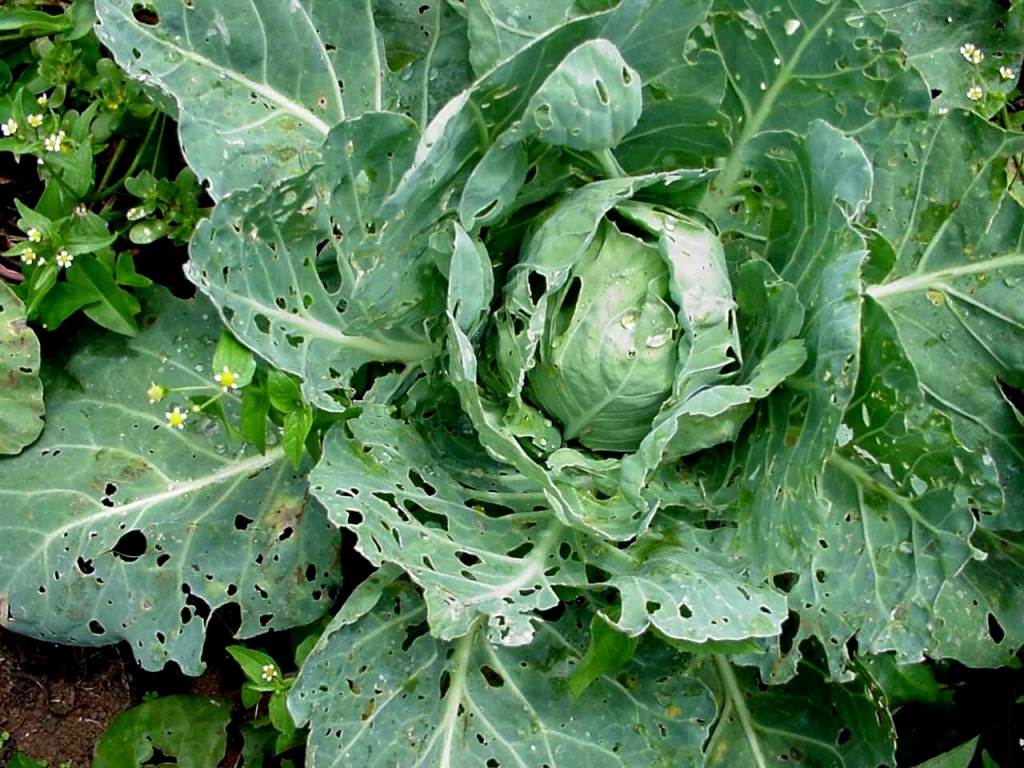
Real Metarhizium 7. They are selective and they only kill the ticks and do not affect the animal.
ICIPE scientists in partnership with private sector partners, RealIPM Kenya introduced a natural tick control product (acaricide), Real Metarhizium 7 with ability reduce tick infestation in livestock by great percentage.
The new product which can last up to 3 weeks reducing application intervals for the livestock farmers is safe for animals, people and the environment and it is also affordable to farmers.
Acaricide Metarhizium anisopliae 7 has proved effective in Kilgoris and Transmara in Kenya and Hargeisa region in Somaliland.
Ticks infest a wide range of animals to suck blood and end up passing disease causing bacteria and virus, leading to great loss among livestock keepers.
Across Africa, ticks and tickborne diseases cause an annual loss of more than US 168 million dollars and lead to the death of 1.1 million cattle every year. Ticks cause irritation, restlessness and weight loss to animals.
They also cause direct skin injury and blood loss as they suck blood and create wounds in teats that eventually affect milk production.
READ ALSO: New icipe facility to offer cheaper fruit-fly pesticide
READ ALSO: Kenya goes after fake pesticides with new law
READ ALSO: ICIPE recognized as a global hub for bee health expertise
Chemical acaricides have side effects
The most common method that farmers use to control ticks is application of chemicals either through spraying or dipping of their animals in cattle dips that have chemical acaricides. However, the use of chemicals has adverse effects on animals and people who use animal products.
First, some of the chemical acaricides have been found to interfere with important functions in animal cells that help in the generation of energy and even respiration (the process by which oxygen is transferred to tissues in animal cells). Chemical acaricides have also been found to interfere with normal growth and the animal’s nervous system.
Resistance to chemical Acaricides
Most farmers tend to use the same acaricides over a long period and often complain that the ticks do not die even after frequent dipping. Apart from the adverse effects of chemical acaricides on animal health, ticks tend to develop resistance to them after a short period of use. Acaricide resistant strains of ticks are widespread in East Africa which could be the reason for the ineffectiveness of acaricides.
Advantages of Real Metarhizium 7
Natural acaricides such as Metarhizium anisopliae 7 on the other hand have been found to be the best way to control ticks since they have several advantages over chemical acaricides as detailed below:
• They are selective and they only kill the ticks and do not affect the animal.
• It is highly unlikely for ticks to develop resistance against M. anisopliae 7.
• They have no adverse effects on the environment.
• They are cheaper compared to chemical acaricides.
• They do not leave behind any chemical residue that affects other living organisms and even people.
• Farmers can benefit from higher profit margins as they do not need to spend a lot of money in tick control.
The new M. anisopliae 7 will soon be available in the market under brand name “Real metarrhizium 7”.
How farmers can use the new product?
Real Metarhizium 7 will be available as a suspension (solution) which farmers can spray their livestock. The natural acaricide can last for more than 1 week; research has shown that the product can last 2 to 3 weeks when applied to livestock in the right way.
For more information about the ticks Project, contact:
Dr. Subramanian Sevgan, email:
This email address is being protected from spambots. You need JavaScript enabled to view it.
Write comment (0 Comments)

















